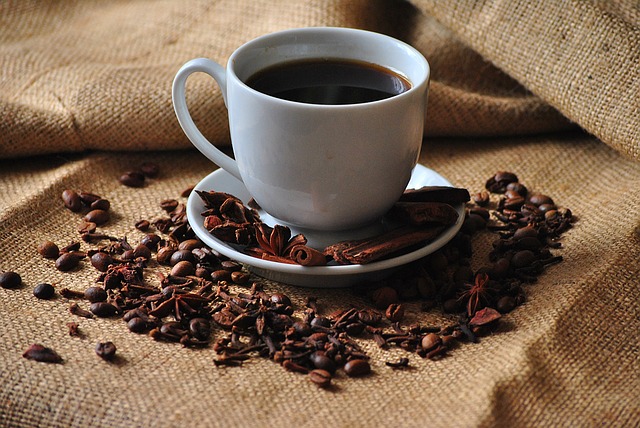Over 80% of adults in the Unites States drink coffee. While large coffee chains are abundant in the country, smaller, independent coffee shops have brought in the culture of making their own blends and brews. The surge in modern coffee consumption has also led to people attempting to find the “perfect brew” at home.
Coffee lovers point to the grind as one of the most important factors in brewing good coffee. A new study has found that things may be much simpler than that: brewing a more flavorful cup of coffee can be done by chilling the coffee beans before grinding.
Christopher Hendon, from the University of Bath, and his team studied the effects grinding coffee beans had on flavor at different temperatures, starting from room temperature to as low as -196 degrees Celsius.
The results were that the more chilled the coffee beans, the better yield they have as the grinding process produces smaller particles.
This in turn means finer particles that bring out a better flavor from the same amount of coffee when brewed, so a person making coffee can get stronger flavors with fewer coffee grounds in less time.
“If you have small grinds you can push flavor extraction upwards. We found that chilling the beans tightens up this process and can give higher extractions with less variance in the flavor – so you would have to brew it for less time, or could get more coffee from the same beans,” Hendon explained.
The researchers also noted that the temperature when storing beans needs to be more constant for a more consistent grind. Colder temperatures mean brewers can maximize the volume of the beans they have to produce better-tasting coffee.
The team said their findings could have significant implications in the coffee industry as more and more people require higher-quality coffee. “We anticipate these results will influence the production of coffee industrially, as well as contribute to how we store and use coffee daily,” the study says.
“While the decreased particle size will tend to speed up extraction due to the larger surface area, the increased uniformity should minimize the amount of wasted bean, which is discarded without being extracted to completion,” the research adds.
The study was published in the journal Nature.
























